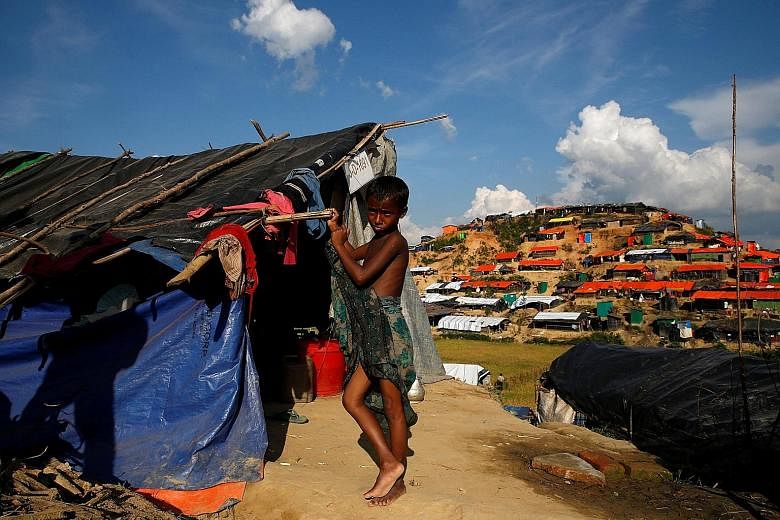It seems so long ago that people talked about Myanmar in terms of a triumph of democracy and a "frontier economy" of golden promise. Current headlines about the country instead focus overwhelmingly on a single issue, and very negatively. That issue concerns the minority Muslims in Rakhine state whom many foreigners - but almost none inside the country - call "Rohingya".
Reports estimate that more than 700,000 Rohingya have crossed the border to Bangladesh. There is little doubt that the most recent wave of this exodus was triggered by a crackdown led by the military, which claims it was reacting to terrorist attacks by separatist groups embedded in the villages. Acts of violence have created an atmosphere of distrust and reprisals between communities.
Already a subscriber? Log in
Read the full story and more at $9.90/month
Get exclusive reports and insights with more than 500 subscriber-only articles every month
ST One Digital
$9.90/month
No contract
ST app access on 1 mobile device
Unlock these benefits
All subscriber-only content on ST app and straitstimes.com
Easy access any time via ST app on 1 mobile device
E-paper with 2-week archive so you won't miss out on content that matters to you

